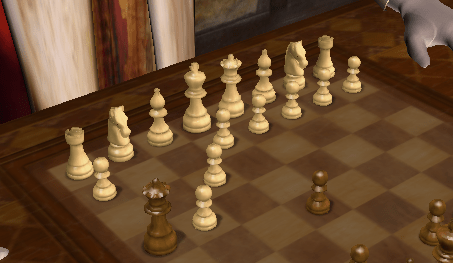
Chess Notation and Fool's Mate
Chess notation (aka scorekeeping) is required of players during chess tournament play. The immediate practical purpose of this is to allow refs to reference the players' moves in the case a dispute arises over the board, allow a player to prove three-fold repetition in the case of a draw (and 50 move rule), and lets players to review their games later.
Algebraic notation is the form of chess notation used. Chess.com uses this method. Checkmate is #, check is +, castling kingside is o-o and castling queenside is o-o-o. You should understand from examples on chess.com how the rest works.
Example game for you to see notation in action for certain moves.
Find the winning move in what is known as Fool's Mate.
Here is a game that shows how the position on the board may be reached. You'll note that this checkmate got its name from the fact that your opponent will need to practically walk into it.
Here are some other variants of it where you use the Fool's Mate motif. Find the winning moves.
Your neighbor said you get $4,000 if you beat him in under 3 moves.
You know you only have one chance, go for it.
